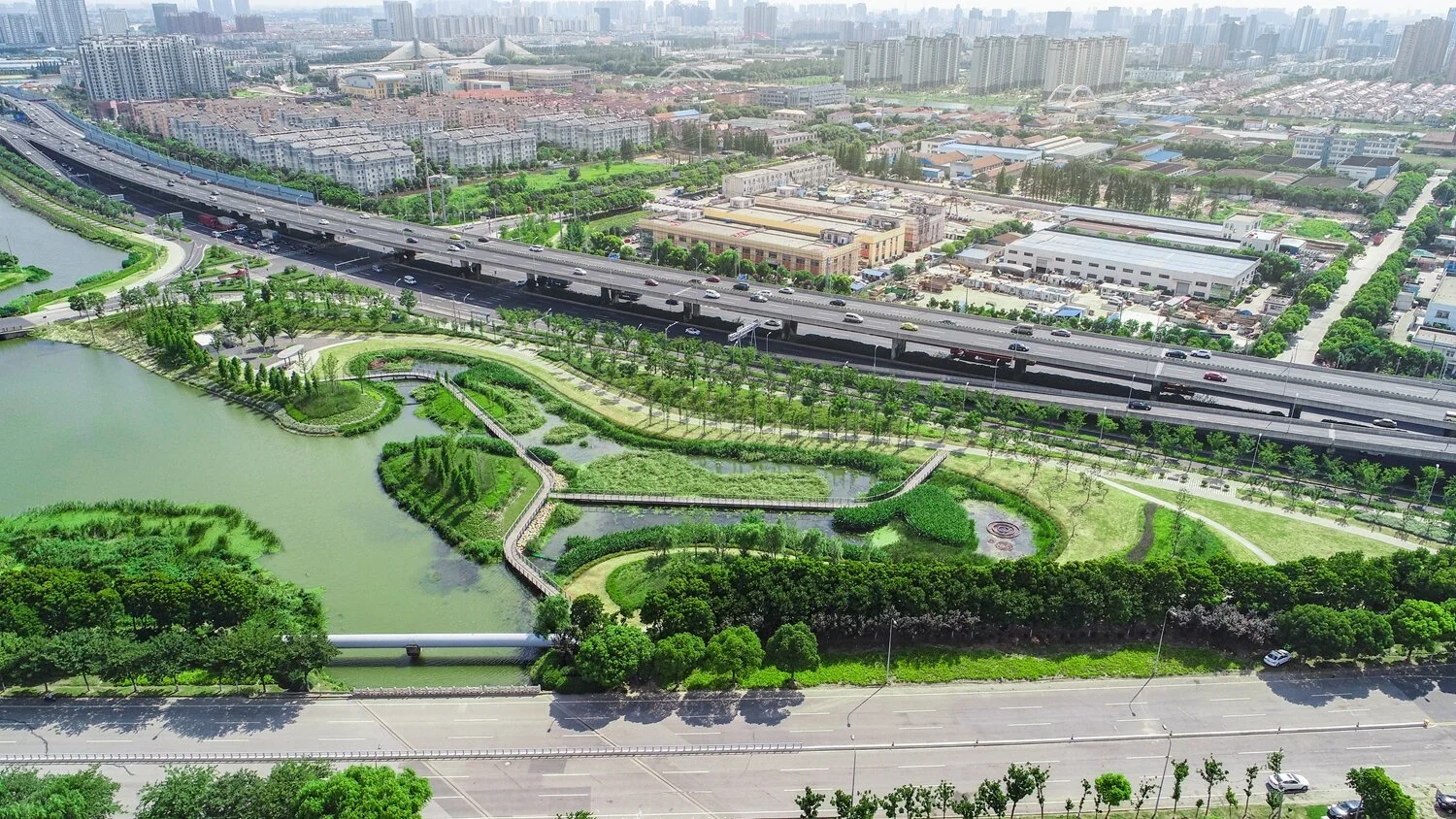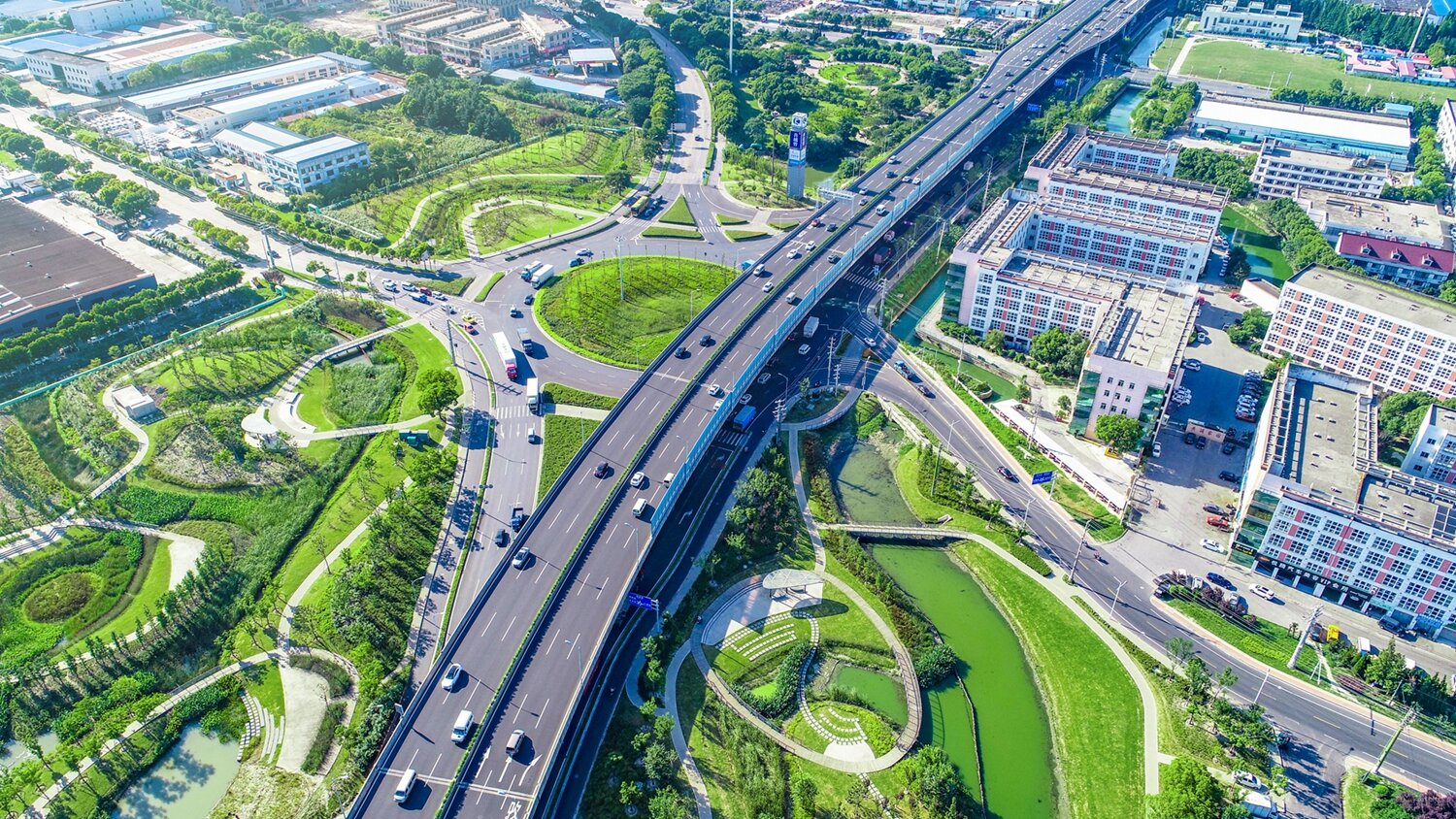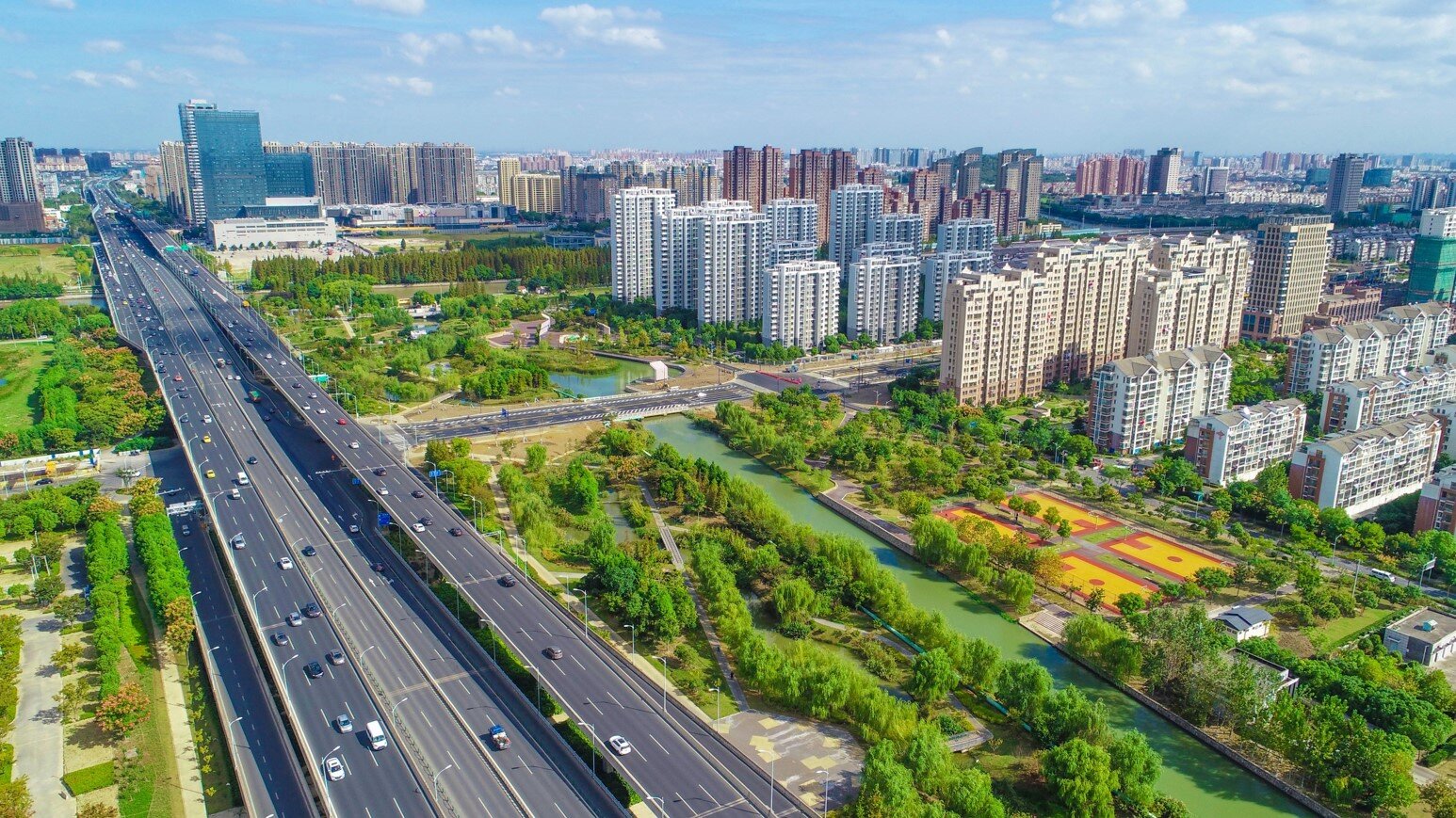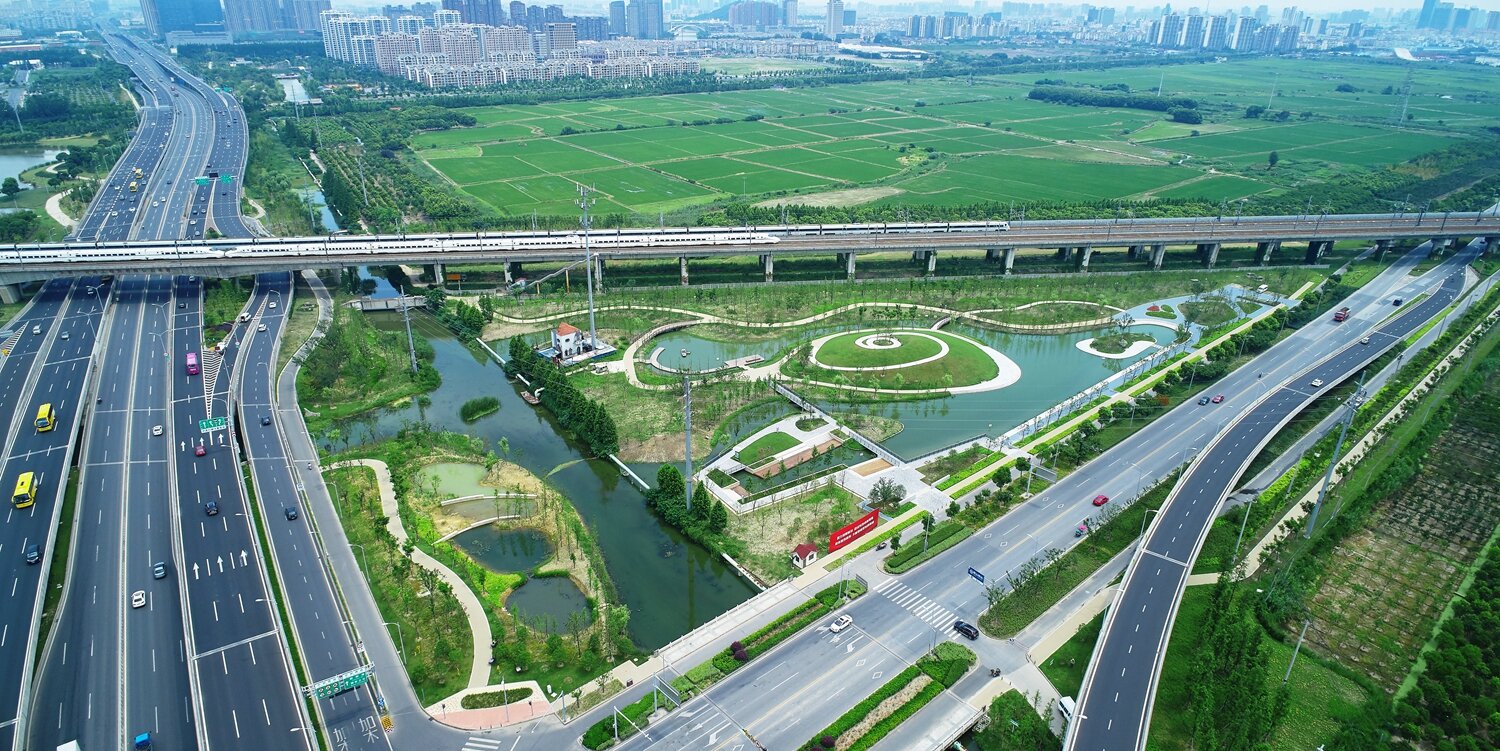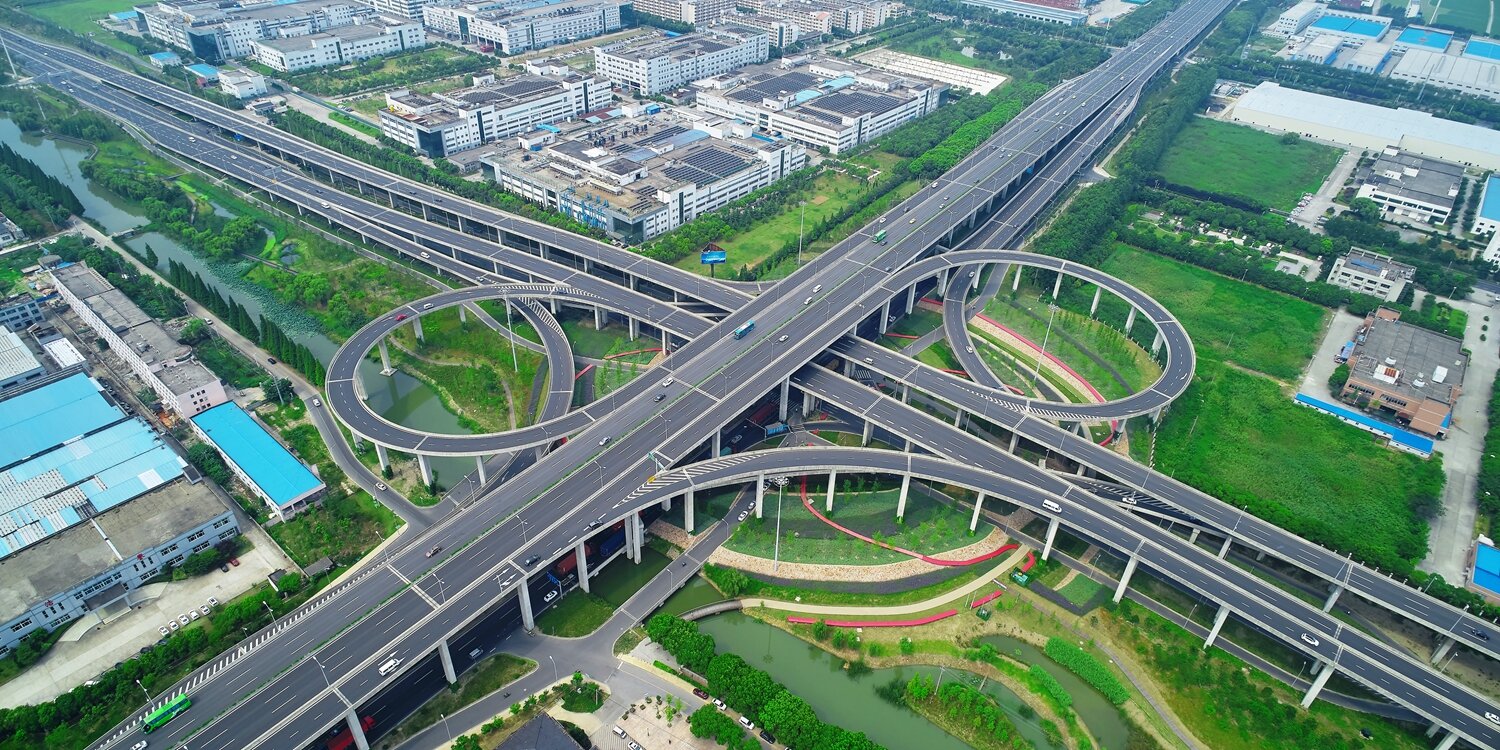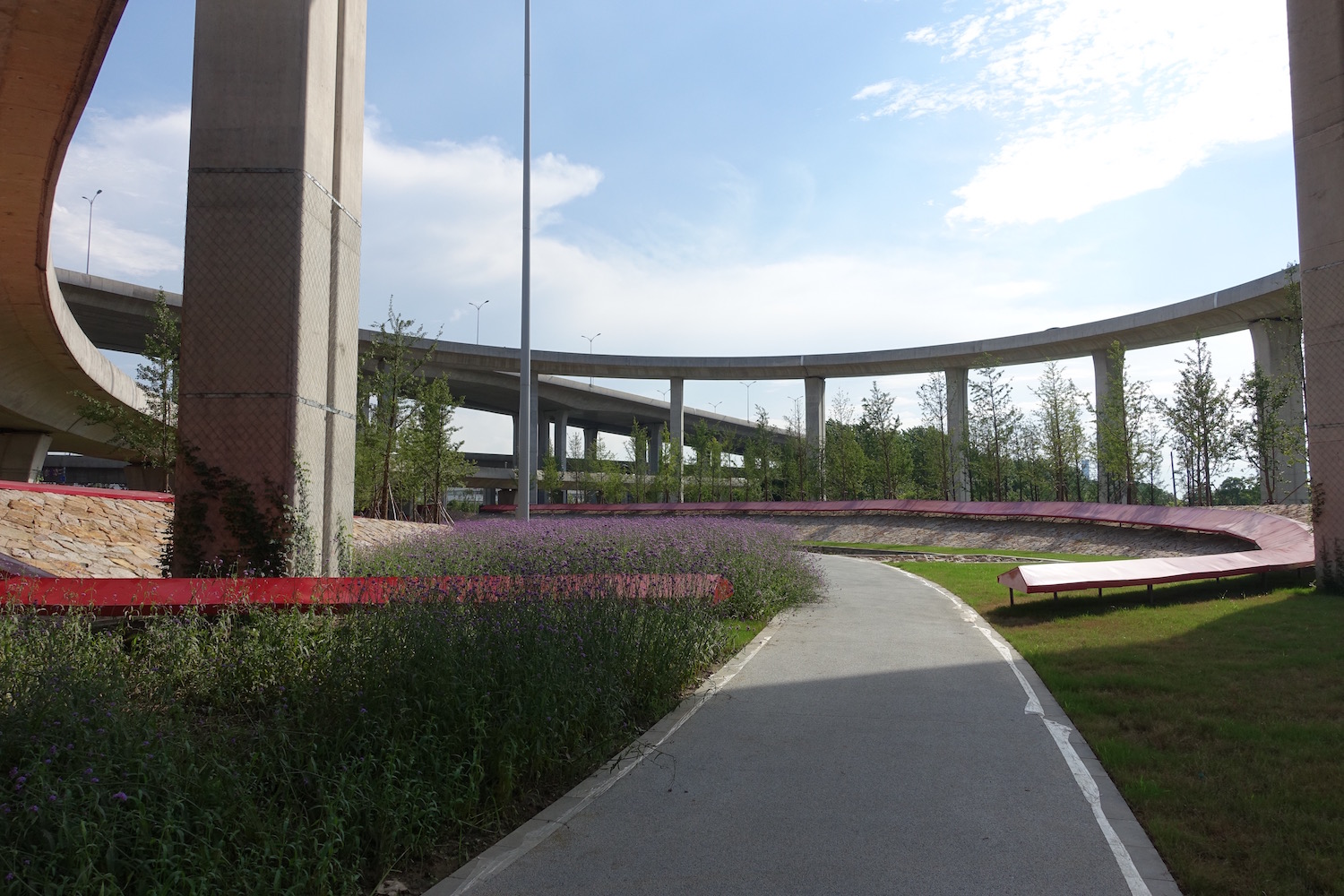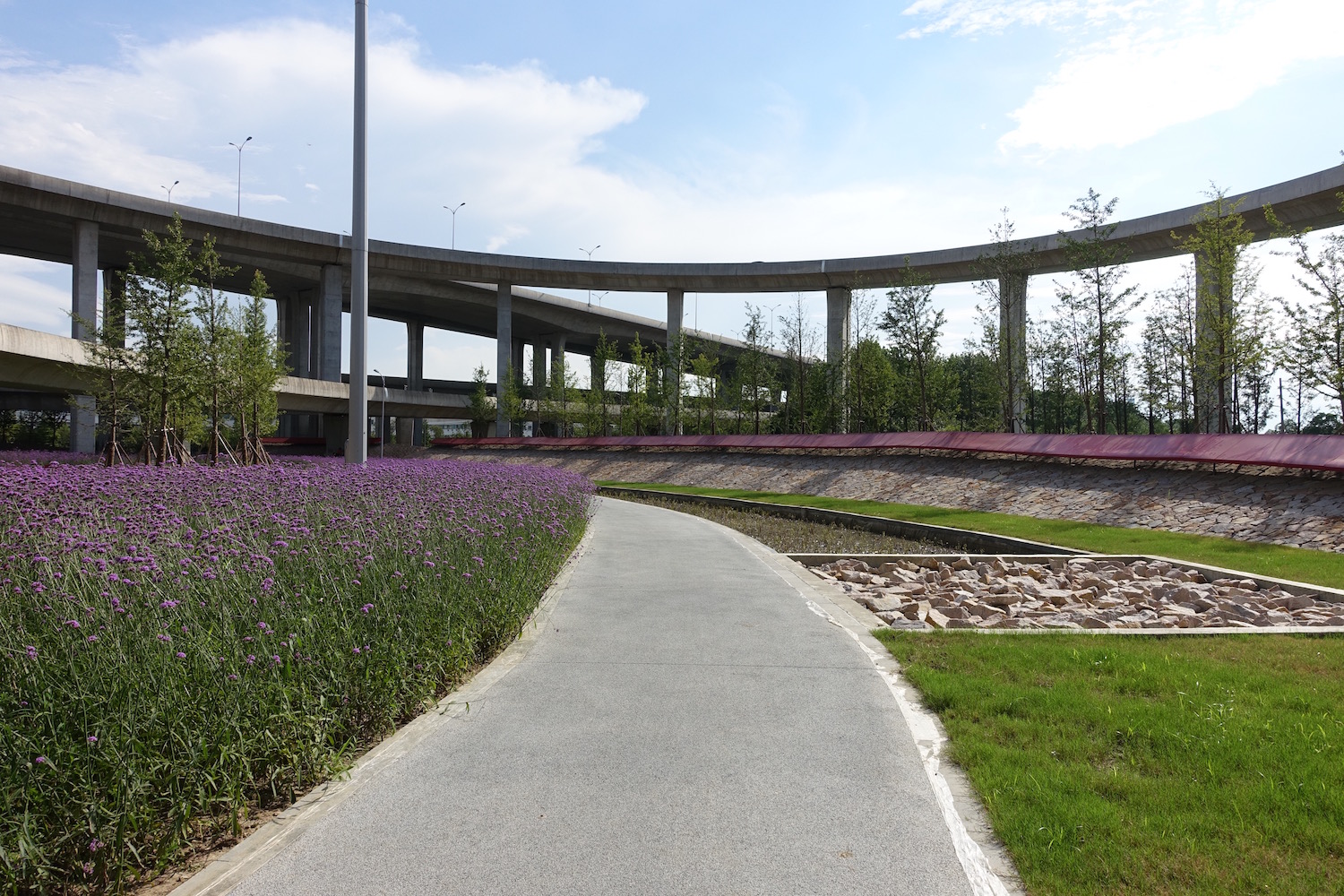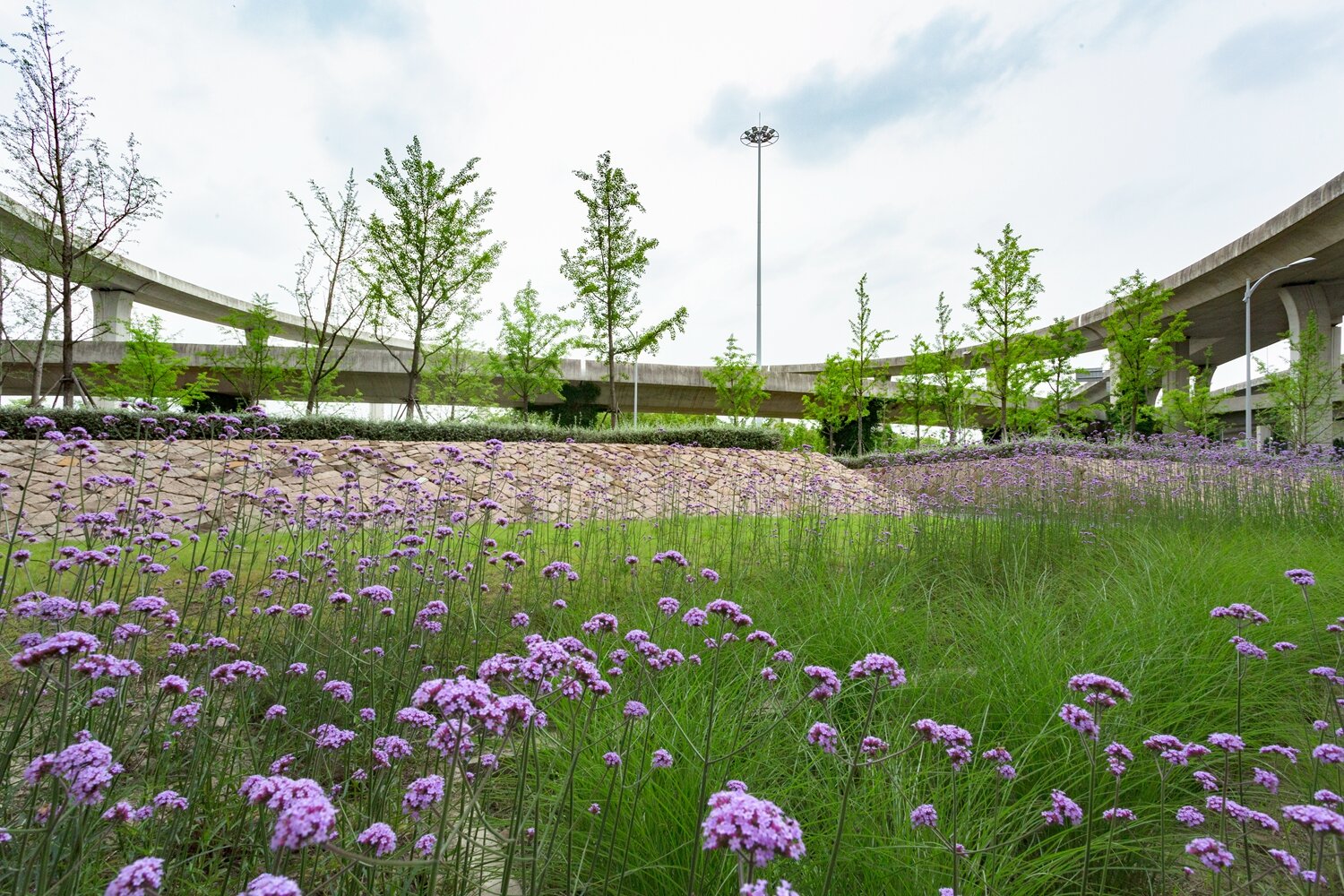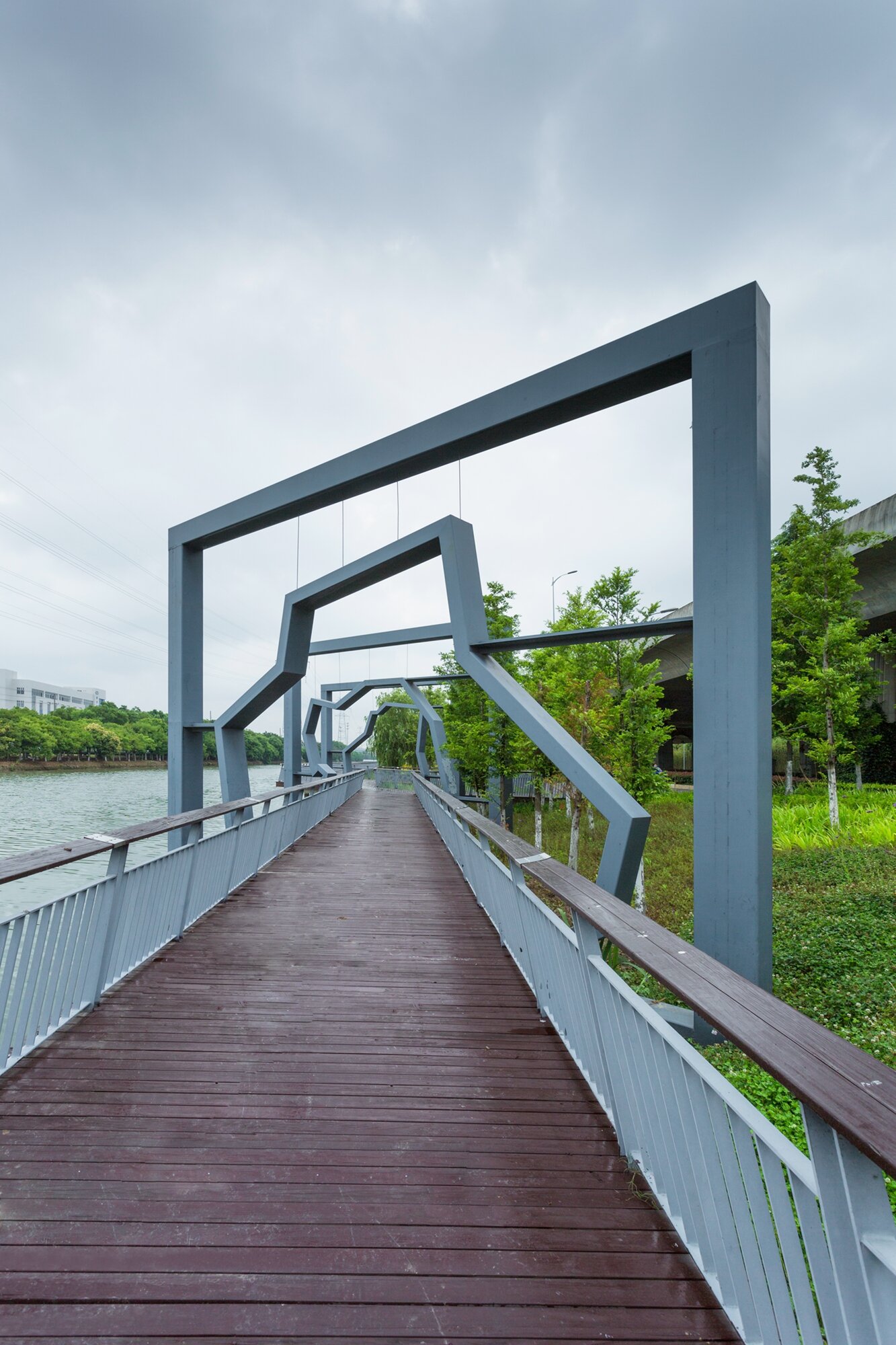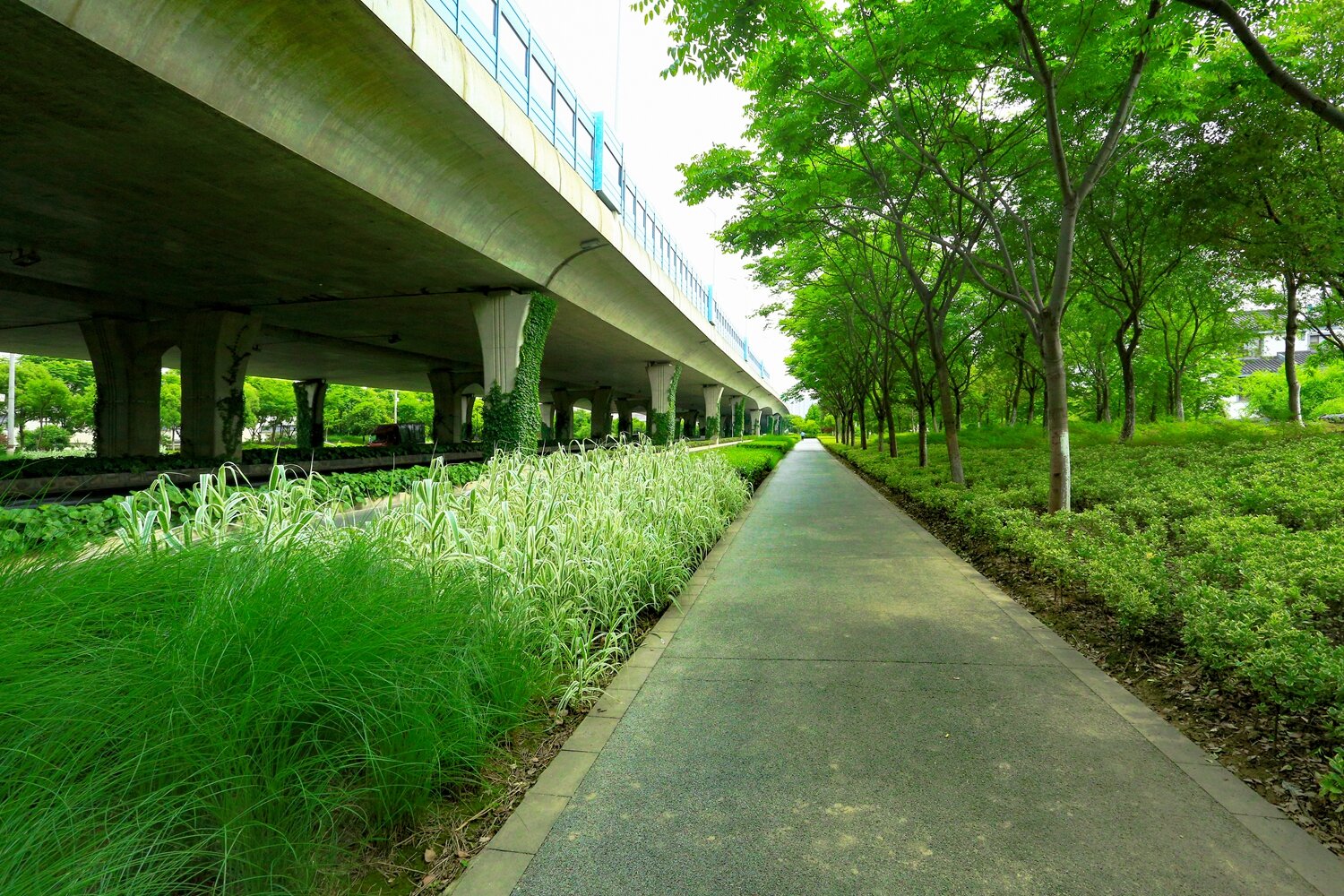client: KCID/KTDC
area: 80 HA
completion: 2017
This started as a competition for the landscape design for the green reserve of the proposed elevated ring road. iPD’s site analysis revealed the magnitude of the project’s impact on the environment, urban fabric and social networks of the community. In developing our approach, we sought to mitigate these impacts by:
Identifying opportunities for the Ring Road to improve the city’s fabric and lifestyle by consolidating fragmented land adjacent to the road into a series of parks that would add ecological systems and public amenities to the city
Improving accessibility within the city by creating or updating linkages to encourage alternate forms of transport (walking, cycling and public transport)
Ensuring that water connections and open space systems are reinstated; and
Developing a green infrastructure model for the city based on principles of water sensitive design.
In adopting this approach Kunshan realised the importance of a strategic approach and commissioned iPD to develop an Open Space Framework and a Ring Road Master plan to inform the design of the landscape adjacent to the road.
Further to these studies iPD developed the landscape design for both East and West Ring Road based on the framework report recommendations. This involved the design of:
5 open space nodes with treatment wetlands,
Public amenities (sport, bus, service, ablutions and retail facilities)
Cycle and pedestrian trails and walkways,
2 X25m Eco corridors; and
Road runoff and rain water treatment systems
from conceptual to design development stage. iPD worked closely with the CRC to establish the eco corridors that promote the protection of biological diversity and water systems.
The project was initiated with the construction of the 10km Jiangpu Road (the western portion of the ring road) as a mockup area to further test and develop a rain garden strategy and detail for water collection and irrigation.
To facilitate this required extensive changes to the existing storm water drainage infrastructure from the elevated roadway involving:
Redirection of stormwater pipes to designated rainwater gardens or treatment areas;
Demolition of curbs to create curb cuts to direct runoff from the roadway into designated rainwater gardens or treatment areas.
Replacement of traditional storm drains where feasible with overflow drains to allow water retention and filtering;
Construction of rain gardens along the roadside area for collecting the storm water in a linear treatment area, slowing the velocity of water and allowing it to pond. Raingardens were carefully constructed to ensure correct filter layers, and specific planting was used to treat the storm water;
Construction of wetlands at the highway interchanges, utilising topography and hydrology to create multiple, differentiated treatment areas.
Parks and corridors were designed to create natural habitats through the application of a variety of native, edible plant species to provide food for wildlife. While priority was given to community facilities, function and creating a more sustainable ecology, iPD was also focused on integrating these aspects into a cohesive and beautiful design. Landforms, treatment sites within the park and corridor areas were integrated to achieve iconic landscape gateways, streetscapes and parks.
